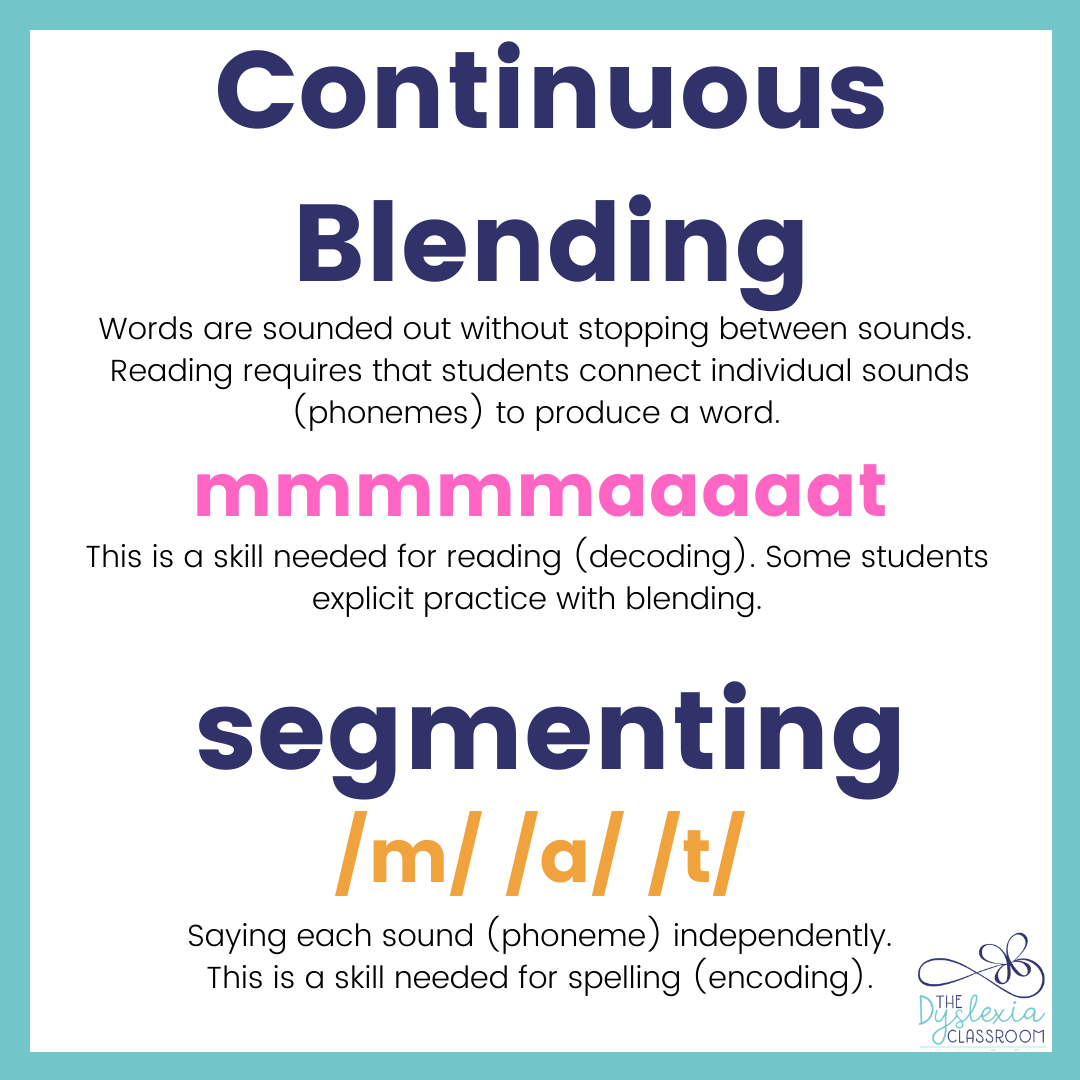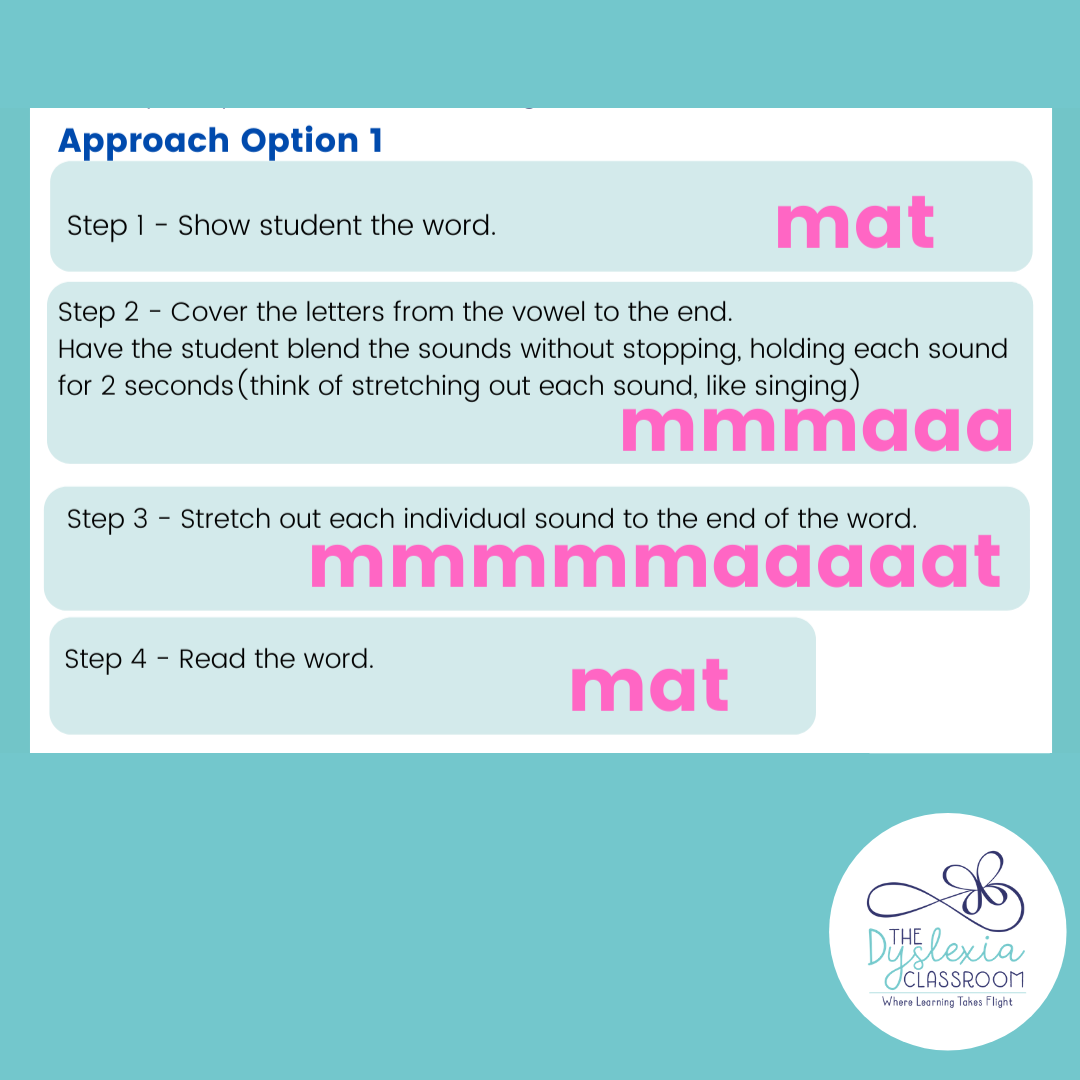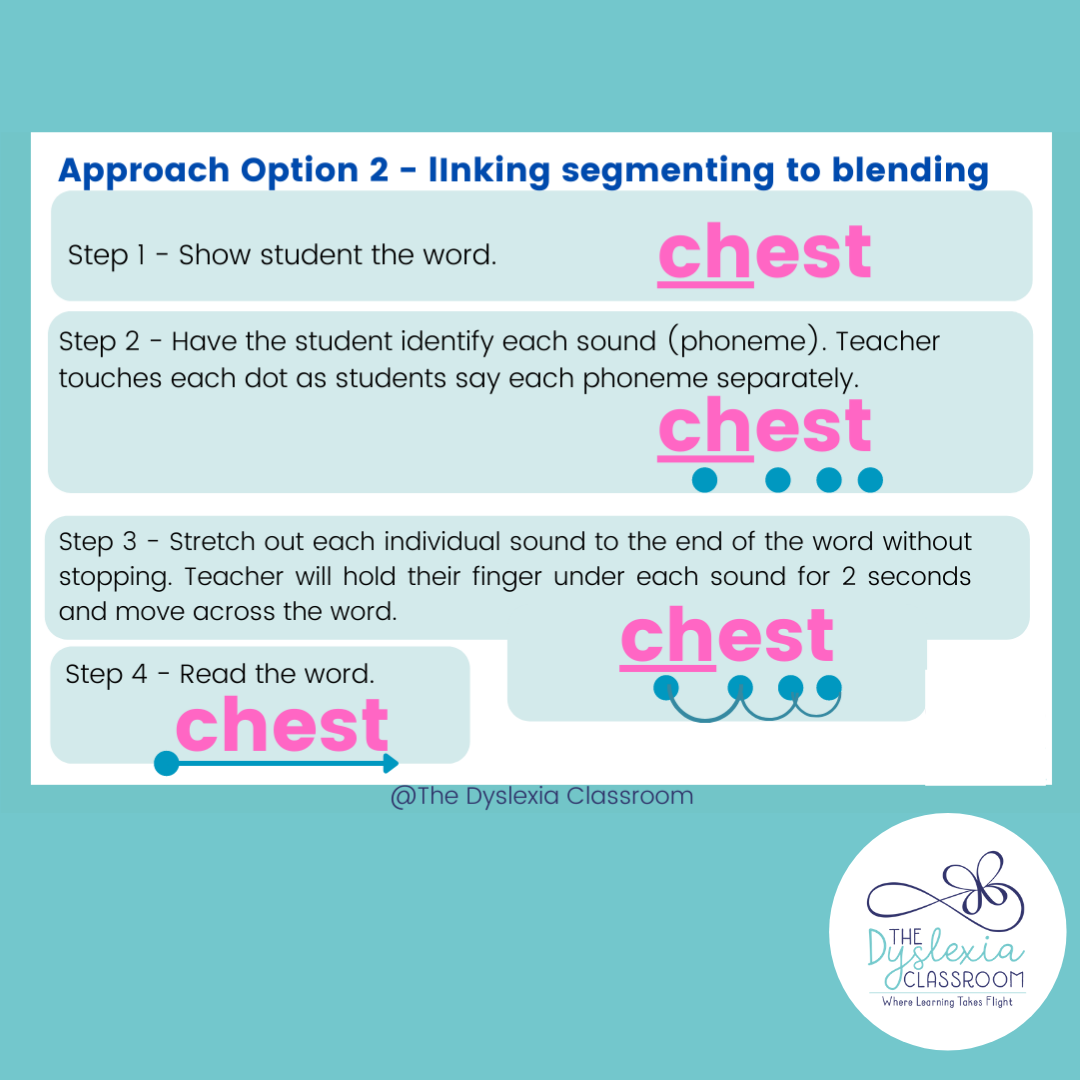Strategies for Teaching Continuous Blending
Hi, friends. This week, the blog post is going to be slightly different. I've included a short video that will help you with the subject matter I'm chatting about with you this week.
Have you thought about how you can help students that know individual sounds but can't seem to put them together? Or, if they put them together, they drop sounds when blending?
Teaching continuous blending is a great strategy to help students connect sounds with decoding. Students that struggle with holding individual speech sounds with their phonological memory benefit from this instruction. Next, let's talk a little about continuous blending.

What is Continuous Blending?
Continuous blending is when words are sounded out without stopping between sounds. I model this in the video. Reading requires that students connect individual sounds (phonemes) to produce a word.
Why is this important? This is a skill needed for reading (decoding). You may find that some students need explicit practice with blending. Let's look at some options for how you can help these students.
Teaching Continuous Blending
There are a few ways to teach continuous blending to our students. Here are two approaches that are a great place to start.
Approach 1

With this approach, you first show your student the word. Next, you want to cover the letters from the vowel to the end. You then want to have the student blend the sounds without stopping. I demonstrate this in the video. After the individual sounds are stretched, have the student read the word.
Approach 2

This next approach links segmenting to blending. Like with the first option, show the student the word. While you touch the dot under each individual sound, have the student identify each sound separately. Again, the individual sounds will then be stretched out as you move across the word. Finally, have the student read the word. This approach is also demonstrated in the video.
I'm about to date myself just bit 😉, but since my first year of teaching in the '90s, I've successfully used this strategy. It is that effective! The video I'm sharing in this post will explain a few different ways to begin teaching this with your students. Give it a try! Comment below and let me know what you think! I hope you have enjoyed having a video to see the approaches in action.
Have a great week!
Casey
The Dyslexia Classroom
This information is the intellectual property of @2016 The Dyslexia Classroom®. Do not use or repurpose without expressed permission from The Dyslexia Classroom®. Please email [email protected] for permission, and give The Dyslexia Classroom® an attribution if you use, reference, or quote/paraphrase copyrighted materials. This includes but is not limited to blogs, social media, and resources.



